Emphasis on Bioinformatics
The integration of bioinformatics into the DNA Sequencing Market is increasingly vital as the volume of sequencing data grows exponentially. Bioinformatics tools facilitate the analysis, interpretation, and visualization of complex genomic data, making them essential for researchers and clinicians alike. The DNA Sequencing Market is projected to reach USD 10 billion by 2026, highlighting the critical role of data analysis in the DNA sequencing landscape. As researchers seek to derive meaningful insights from vast datasets, the demand for bioinformatics solutions will likely surge, further propelling the growth of the DNA sequencing sector. This synergy between sequencing technologies and bioinformatics is expected to enhance research capabilities and accelerate discoveries in genomics.
Government Initiatives and Funding
Government initiatives and funding play a crucial role in propelling the DNA Sequencing Market forward. Various governments are investing in genomic research and infrastructure to promote advancements in sequencing technologies. Initiatives aimed at enhancing public health through genomic data collection and analysis are becoming more common. For instance, funding for large-scale genomic projects is on the rise, with several countries allocating significant resources to support research and development in this field. This financial backing not only fosters innovation but also encourages collaboration between public and private sectors. As governments continue to prioritize genomics, the DNA sequencing market is likely to benefit from increased investment and support, driving further growth and development.
Growing Demand for Personalized Medicine
The increasing emphasis on personalized medicine is a significant driver for the DNA Sequencing Market. As healthcare shifts towards tailored treatments based on individual genetic profiles, the need for precise and comprehensive genomic data becomes paramount. This trend is reflected in the rising investments in genomic research and the development of targeted therapies. The market for personalized medicine is expected to surpass USD 2 trillion by 2025, underscoring the potential for DNA sequencing technologies to play a pivotal role in this transformation. By enabling healthcare providers to make informed decisions based on genetic information, DNA sequencing is becoming an indispensable tool in the quest for more effective and individualized treatment options.
Rising Applications in Clinical Diagnostics
The DNA Sequencing Market is witnessing a surge in applications within clinical diagnostics, driven by the need for accurate disease detection and management. Sequencing technologies are increasingly utilized for identifying genetic disorders, infectious diseases, and cancer mutations, thereby enhancing diagnostic accuracy. The clinical diagnostics segment is anticipated to account for a substantial share of the DNA sequencing market, with projections indicating a growth rate of over 15% annually. This trend is fueled by the increasing adoption of sequencing in routine clinical practice, as healthcare providers recognize its potential to improve patient outcomes. As the industry evolves, the integration of sequencing into diagnostic workflows is likely to become more prevalent, further solidifying its importance in modern medicine.
Technological Advancements in DNA Sequencing
The DNA Sequencing Market is experiencing rapid technological advancements that enhance sequencing capabilities. Innovations such as next-generation sequencing (NGS) and single-molecule sequencing are revolutionizing the field. These technologies allow for faster, more accurate, and cost-effective sequencing, which is crucial for various applications, including genomics and personalized medicine. The market for NGS alone is projected to reach approximately USD 10 billion by 2026, indicating a robust growth trajectory. Furthermore, advancements in automation and data analysis tools are streamlining workflows, thereby increasing throughput and efficiency. As these technologies continue to evolve, they are likely to drive the demand for DNA sequencing services and products, positioning the industry for sustained growth.
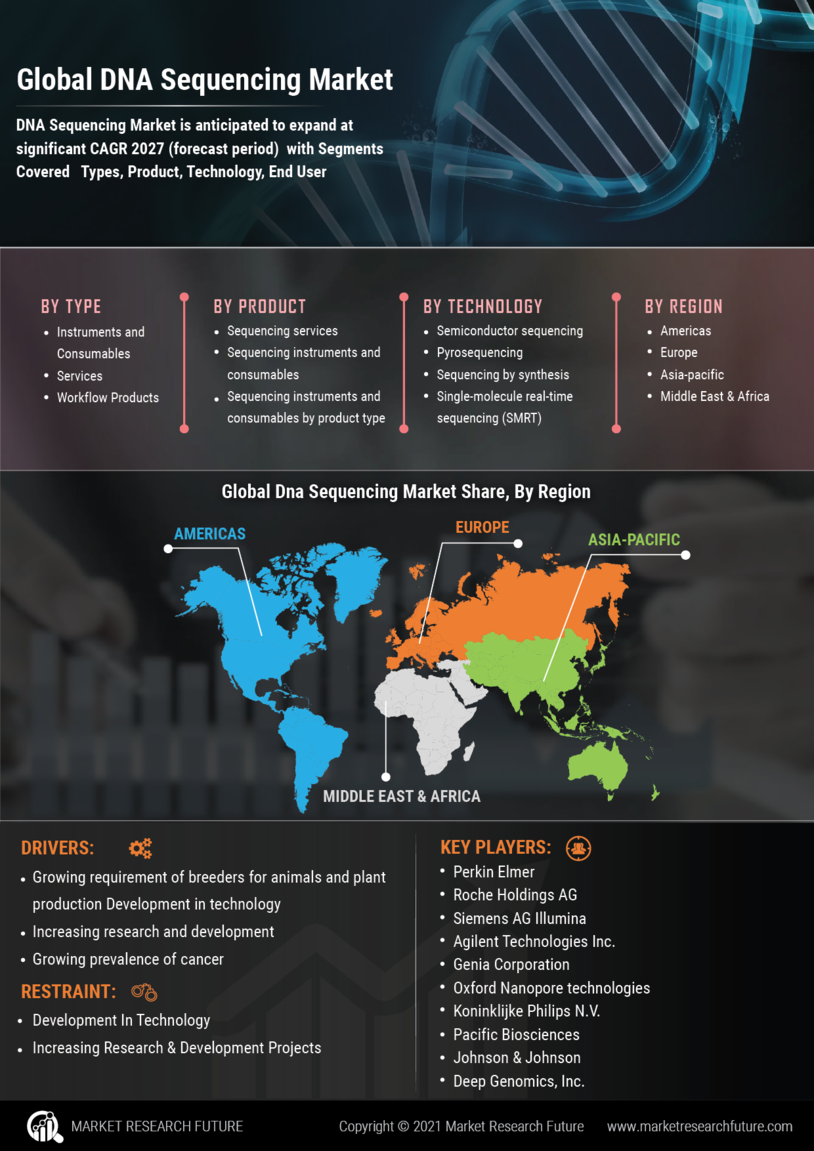

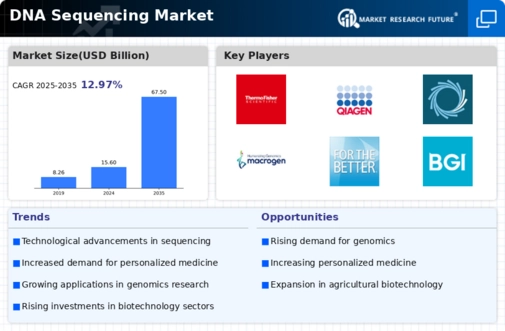
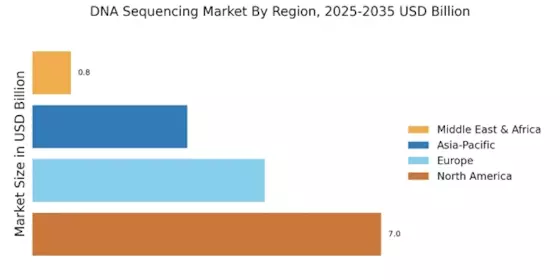
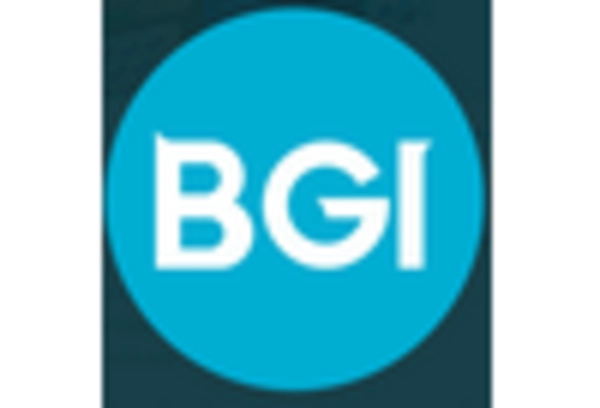
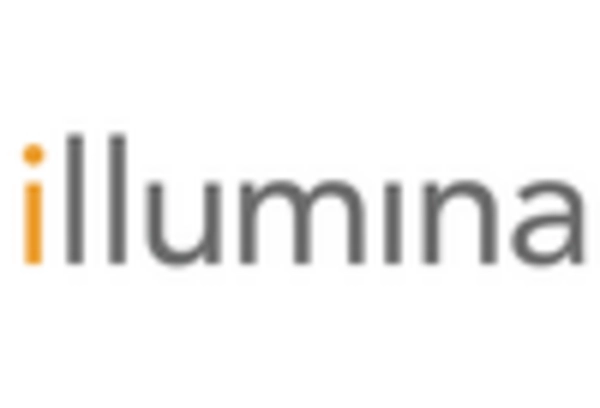
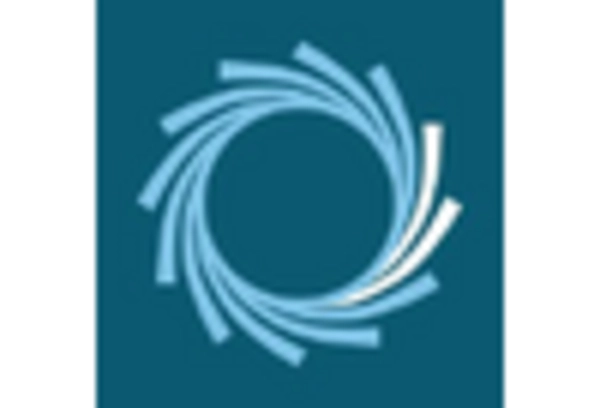
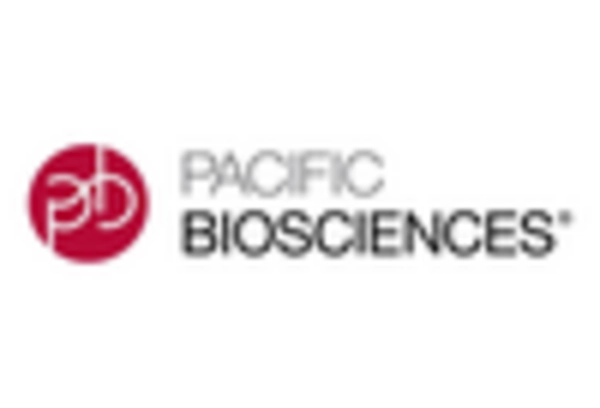










Leave a Comment